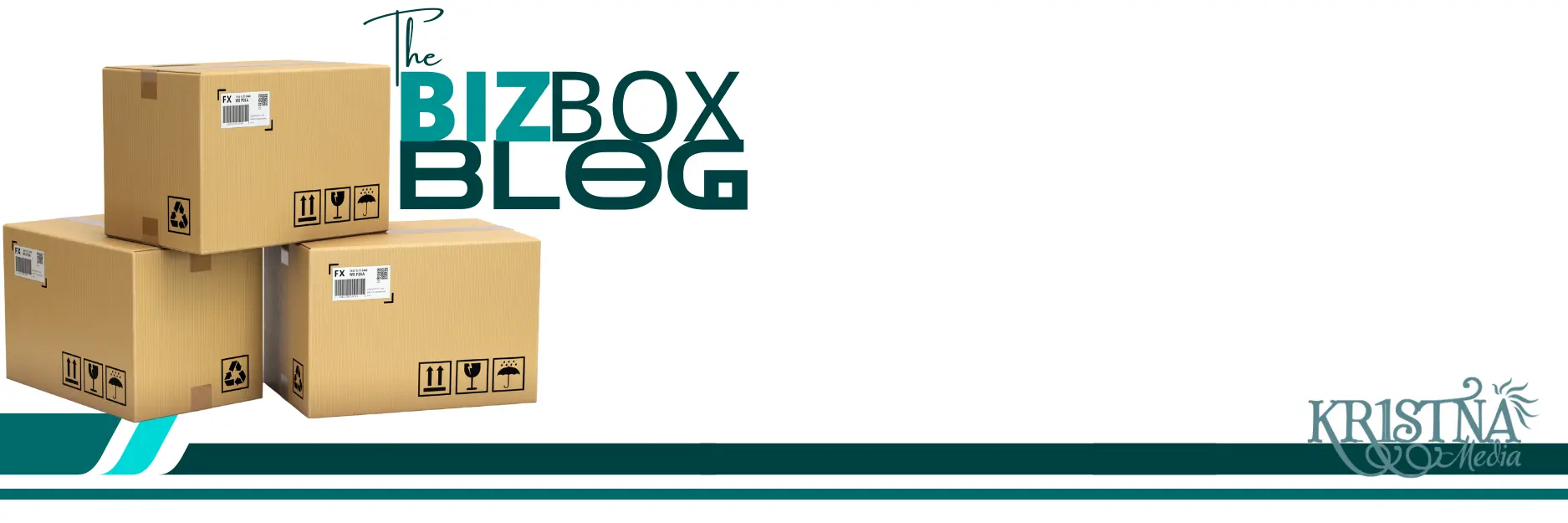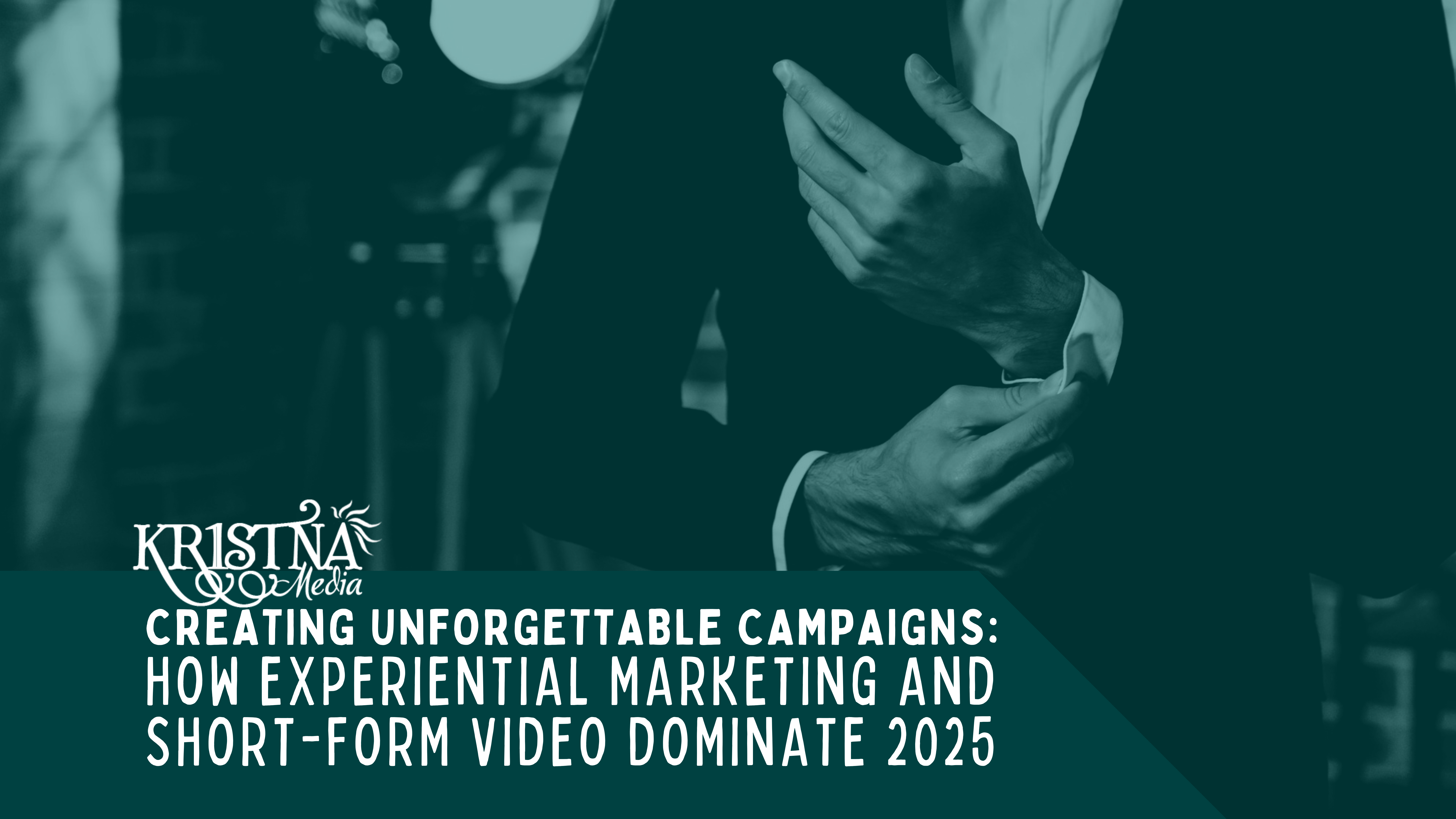Marketing in 2025 is no longer about passive consumption—it’s about immersive engagement. Experiential marketing and short-form video content have risen to the top as the most effective strategies for capturing attention, sparking emotion, and driving action. From interactive pop-ups to viral video reels, the combination of real-world experiences and bite-sized digital content is transforming how brands connect with their audiences. Statistics reveal that 81% of marketers who have implemented experiential marketing campaigns say it strengthened customer loyalty, while short-form videos generate 135% higher organic reach than traditional posts.
Experiential marketing is all about creating memorable, hands-on interactions between brands and their audiences. These experiences aren’t just campaigns—they’re moments that forge emotional connections and leave lasting impressions. Whether it’s a product launch pop-up, an immersive installation, or a live workshop, experiential marketing taps into emotion-driven engagement that makes brands memorable. Events like these are also inherently shareable, as attendees post their experiences on social media, amplifying the event’s reach. According to EventTrack, 98% of consumers create digital or social content during experiential events, with 100% of those attendees sharing that content.
Consider the example of Absolut Vodka, which created an immersive art experience in New York City called “Absolut Nights.” This event featured interactive light installations and exclusive performances. Guests not only attended in droves but also shared thousands of photos and videos online, resulting in a 45% increase in brand impressions within a month. Similarly, Airbnb hosted a “Night At” campaign, allowing winners to stay overnight in unique locations, such as the Great Wall of China. This campaign generated over 75,000 social media mentions and significantly boosted Airbnb’s user engagement.
A skincare brand hosting a pop-up spa experience, for instance, allows customers to try products, receive personalized consultations, and leave with Instagram-worthy photos of their time in the branded space. This not only drives sales but also boosts social media buzz, creating a multiplier effect for the brand’s visibility. A similar case involved Lush Cosmetics, which launched a pop-up experience in London that invited attendees to create custom bath bombs. The result? A 35% increase in local foot traffic and thousands of social media posts tagging the event.
While experiential marketing creates the moment, short-form video content captures and amplifies it. Platforms like TikTok, Instagram Reels, and YouTube Shorts have proven that videos under 60 seconds can pack a punch, delivering high engagement rates with minimal investment. Research from HubSpot shows that 64% of marketers rank short-form video as the most effective format for engagement and lead generation.
Videos are 1,200% more likely to be shared than text and images combined, demonstrating their unmatched virality. Short-form videos are attention-grabbing, cost-effective, and versatile across multiple platforms. A fitness brand, for example, might film a 30-second video of participants at their experiential boot camp event. This video, uploaded to TikTok and Instagram Reels, draws thousands of new followers and drives sign-ups for future events.
The magic happens when experiential marketing meets short-form video. Events provide the content, and videos amplify the reach. Together, they create a cycle of engagement that extends beyond the event itself. Real-time impact captures the excitement of live events, while extended longevity ensures the experience lives on long after the event ends. This pairing also broadens audience reach, engaging both event attendees and those who encounter the videos online.
For instance, a tech company unveiling a new VR product at a live demo event can share attendee reactions on social media while releasing a polished short-form highlight reel showcasing the best moments. Research shows that 83% of consumers who attended experiential events and saw videos of those events later reported increased brand affinity.
Nike’s “Reactland” campaign offers another stellar example. The brand created an immersive event where attendees ran through a virtual world wearing Nike React shoes. Highlights of the event were captured in short-form videos and shared across multiple platforms. The result? A 55% increase in online engagement and significant boosts in product sales within the first quarter.
Implementing this strategy requires careful planning. Start by defining clear goals, whether it’s brand awareness, lead generation, or sales. Design an event that aligns with your brand values and resonates with your audience. Capture content strategically, assigning a team to film highlights, testimonials, and behind-the-scenes moments. Edit videos for multiple platforms, ensuring each one is optimized for its intended audience. Promote the content through both organic posts and paid ads to maximize reach. One effective strategy involves leveraging micro-influencers to attend and amplify your event, as studies indicate they deliver 60% higher engagement rates compared to larger influencers.

To successfully combine experiential marketing with short-form video, you need the right tools. Event management platforms like Eventbrite or Splash help plan and execute events. Video editing software like Adobe Premiere Rush, Final Cut Pro, or Canva simplifies the creation of high-quality videos tailored for social platforms. Social media analytics tools such as Metricool or Hootsuite enable you to track video performance and optimize future campaigns. AI-powered tools like Pictory or Synthesia can even automate video production, reducing costs while maintaining quality.
KR1STNA Media offers end-to-end solutions, from planning immersive events to producing high-quality video content for maximum impact. In one campaign for a tech client, we organized a product launch event featuring interactive displays and captured it through short-form videos distributed across LinkedIn and Instagram. The campaign achieved a 40% increase in product inquiries within the first week.
These strategies are already delivering remarkable results. A global beverage brand increased awareness for a new product launch by hosting a series of pop-up tasting events and capturing highlights in short-form videos. This approach resulted in over 1 million video views and a 15% increase in sales in the first month.
Similarly, a tech startup built excitement for a new product release by organizing a live demo event featuring influencers and then using video clips to create a TikTok challenge. The challenge went viral, driving 50,000 app downloads within a week. Another example is Nike’s “You Can’t Stop Us” campaign, where a hybrid experiential and video strategy led to over 50 million YouTube views and a 35% spike in product inquiries.
Looking ahead, experiential marketing and short-form video are set to evolve further. Augmented and virtual reality will increasingly enhance experiential events, creating even more immersive experiences. Encouraging attendees to create and share their own videos will amplify reach organically, while AI tools will streamline video editing to make high-quality content more accessible. By 2026, analysts predict that AR-driven experiences will constitute 40% of all experiential marketing efforts. Businesses that embrace these trends will be well-positioned to connect with audiences in new and impactful ways.
Experiential marketing and short-form video are a powerful combination for any brand looking to create impact in 2025. Together, they connect audiences to your story, amplify your message, and drive measurable results. KR1STNA Media specializes in planning immersive events and producing high-quality video content to maximize your brand’s reach. Let’s work together to create moments that matter—contact us today to get started.



